Market Analysis
In-depth Analysis of Acrylic Based Waterborne Coatings Market Industry Landscape
The market dynamics of the waterborne acrylic coating industry are driven by several key factors that influence supply, demand, and overall market performance. Firstly, environmental regulations and consumer preferences play a significant role in shaping the market landscape. With increasing concerns about the environmental impact of solvent-based coatings, there has been a growing demand for waterborne alternatives. Government regulations aimed at reducing volatile organic compound (VOC) emissions have also spurred the adoption of waterborne acrylic coatings, as they typically have lower VOC content compared to solvent-based counterparts.
The major raw materials involved in the extraction and manufacturing of waterborne coatings are pigments, additives, surfactants, and Synthetic resins. The global waterborne acrylic coatings market research shares detailed analysis of the overall consumption of water-based soluble acrylic resins. Rising government initiatives to make use of water-based solvent due to high performance is marketing the growth of the Waterborne Coatings industry.
Moreover, advancements in technology have led to the development of waterborne acrylic coatings with improved performance characteristics, such as better adhesion, durability, and weather resistance. These advancements have expanded the application scope of waterborne acrylic coatings across various end-use industries, including construction, automotive, furniture, and packaging. As a result, manufacturers are investing in research and development to innovate and differentiate their products in a competitive market environment.
Another significant factor influencing market dynamics is the increasing focus on sustainable and eco-friendly products. Consumers are becoming more conscious of the environmental impact of the products they use and are actively seeking out environmentally friendly alternatives. Waterborne acrylic coatings, being water-based and low in VOCs, are perceived as more sustainable options compared to solvent-based coatings. This shift in consumer preferences has prompted manufacturers to incorporate sustainability into their product development strategies and marketing efforts, driving the demand for waterborne acrylic coatings.
Furthermore, the growth of end-use industries such as construction and automotive also contributes to the expansion of the waterborne acrylic coating market. As construction activities continue to rise globally, driven by urbanization and infrastructure development, there is a growing demand for coatings that offer protection and aesthetic appeal to various surfaces such as walls, floors, and roofs. Similarly, in the automotive industry, waterborne acrylic coatings are used for exterior and interior applications to enhance appearance, durability, and corrosion resistance.
However, despite the numerous drivers of growth, the waterborne acrylic coating market faces certain challenges that affect its dynamics. One such challenge is the higher cost of waterborne formulations compared to solvent-based alternatives. Although waterborne coatings offer environmental and performance benefits, their higher cost can sometimes deter price-sensitive consumers and limit market penetration, especially in regions with lower purchasing power.
Additionally, the COVID-19 pandemic has had a significant impact on the waterborne acrylic coating market, disrupting supply chains, and causing fluctuations in demand. Lockdown measures and economic slowdowns in various countries have led to delays in construction projects and reduced consumer spending on non-essential goods, affecting the demand for coatings across different end-use industries. However, as economies recover and construction activities resume, the market is expected to regain momentum in the coming years.

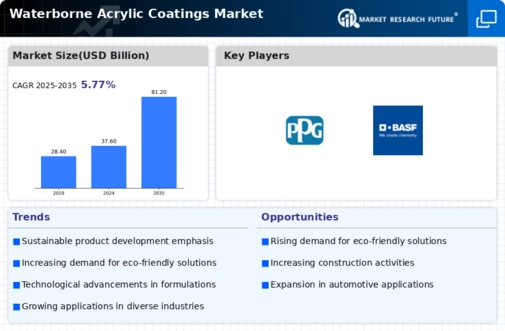
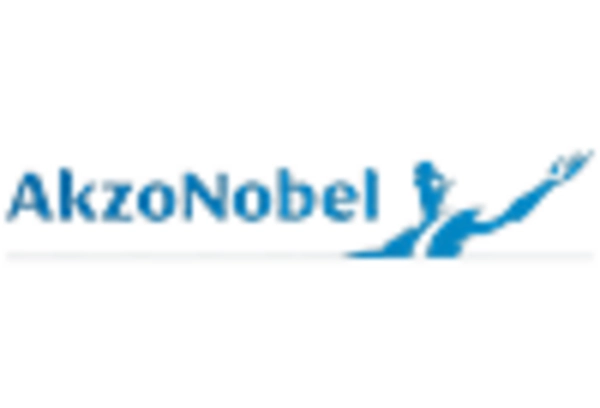

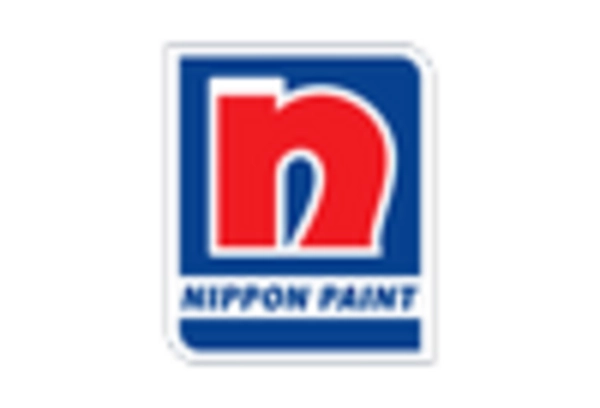
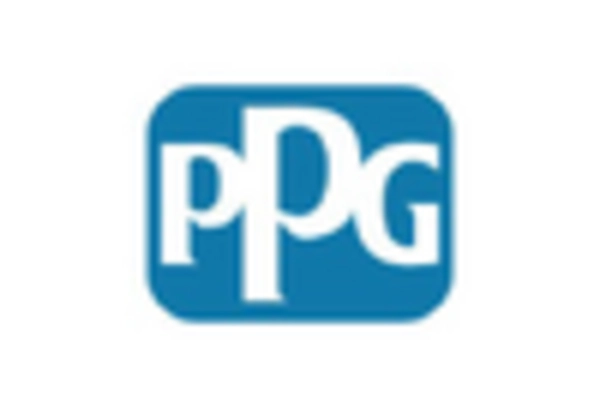
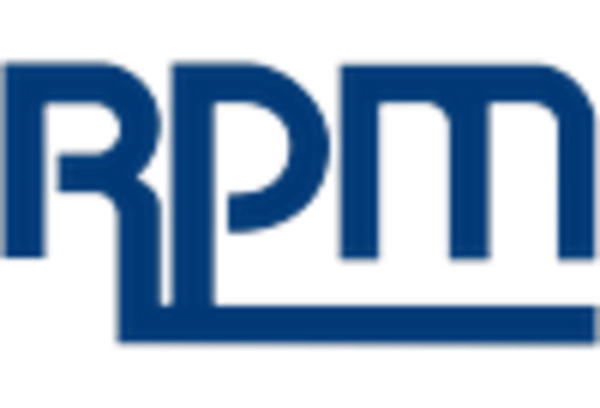
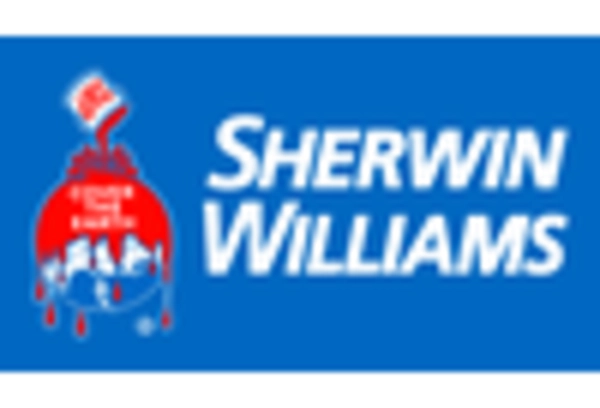









Leave a Comment